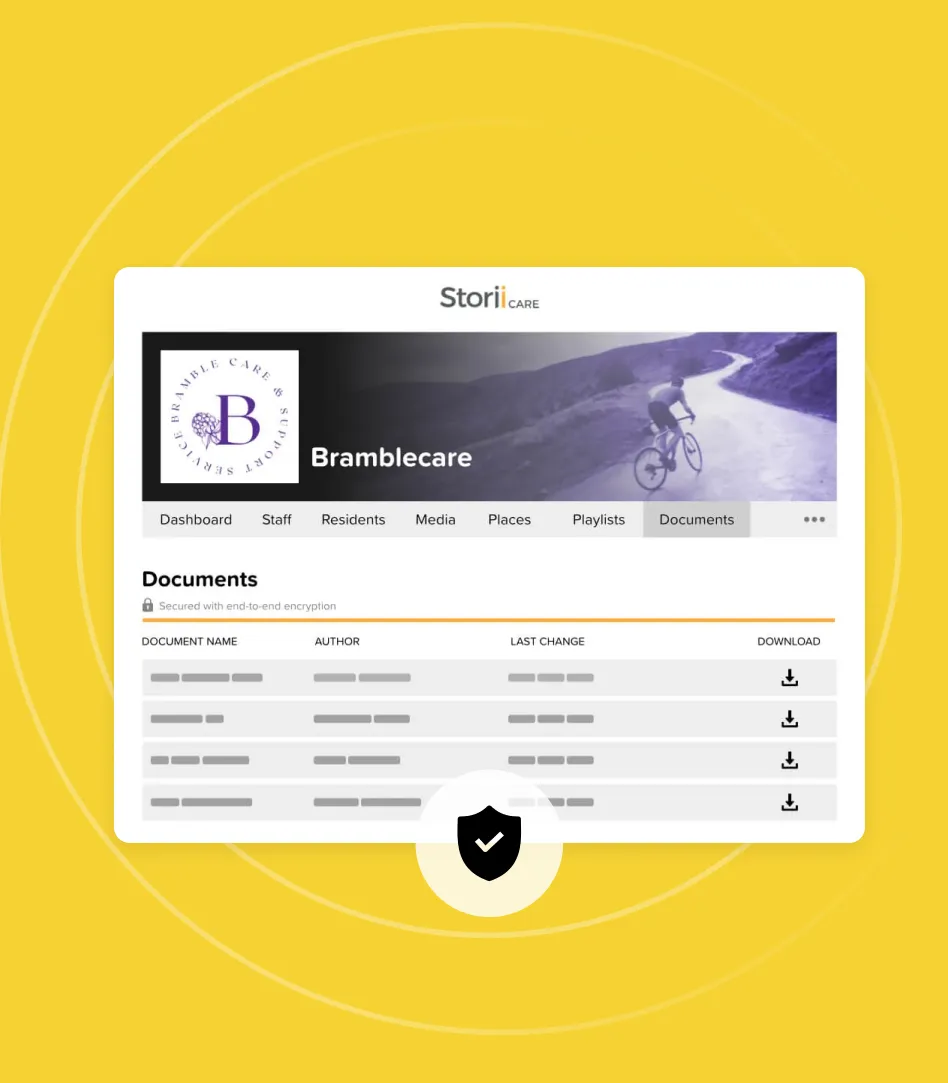Planning End-Of-Life Care
Have you ever envisioned your final years and what they might be like? Have you ever considered that there may be challenging decisions that must be made on your behalf during this time? Have you ever talked to your loved ones about what you would like, or not like to occur during this time?
For some individuals, thinking about end-of-life creates feelings of tremendous sadness or anxiety. These individuals have no desire to think about such things; much less discuss this topic with their friends or family.
For other individuals, they actually prefer to talk about it. They do so openly and frankly. They may even joke about their wishes, or be incredibly blunt about their desires.
I have experience working in long-term care and in hospice. I have had caregivers tell me, “Mum always said…”, or “Dad always wanted…”. When the time comes for loved ones to make a decision for these patients, decisions come easily. Not only did these patients verbally communicate their desires to their loved ones, but many completed an advanced directive. An advanced directive is a legal document stating an individual’s wishes related to future health care decisions, such as who should make decisions on a person’s behalf or what decisions should be made.
But what about an individual who never took the time to think about decisions regarding their care, sign an advanced directive, or communicate their wishes to a family member or friend? I have had numerous people tell me over the years regarding their adult children, “I just hope they all agree”.
While this topic of end-of-life care may create a series of roller-coaster emotions to navigate through, it is critically important to make your wishes known. Making your wishes known ahead of time will help ensure your wishes are respected and it certainly makes things easier for your loved ones. Thankfully, there is a simple way to communicate your wishes.
How to benefit from 'Five Wishes'
In the United States, there is a document called the 'Five Wishes'. It is used in all 50 states and is a legal document in 42. It is used in other countries as well and is available in 28 different languages. It is a small, paperback booklet and is written in easy to understand terminology. It can be completed on-line, or in paper format. The paper booklet is easily affordable - it costs only $5.00.
Five Wishes addresses:
• The person you want to make care decisions for you when you can’t
• The kind of medical treatment you want or don’t want
• How comfortable you want to be
• How you want to be treated
• What you want your loved ones to know
All you need to do is complete the booklet and sign. Some states require it to be notarized. You then provide copies of it to your doctor and the person you have designated to make care decisions.
What I like best about Five Wishes is that it is easy to comprehend, complete, and pass along. It even has a space that is blank, allowing it to be a very personal document. It can be used by anyone over 18 years old and has been used by millions already.
You can learn more at: Aging With Dignity
Featured Guest Writer





.png)
.png)
.png)










